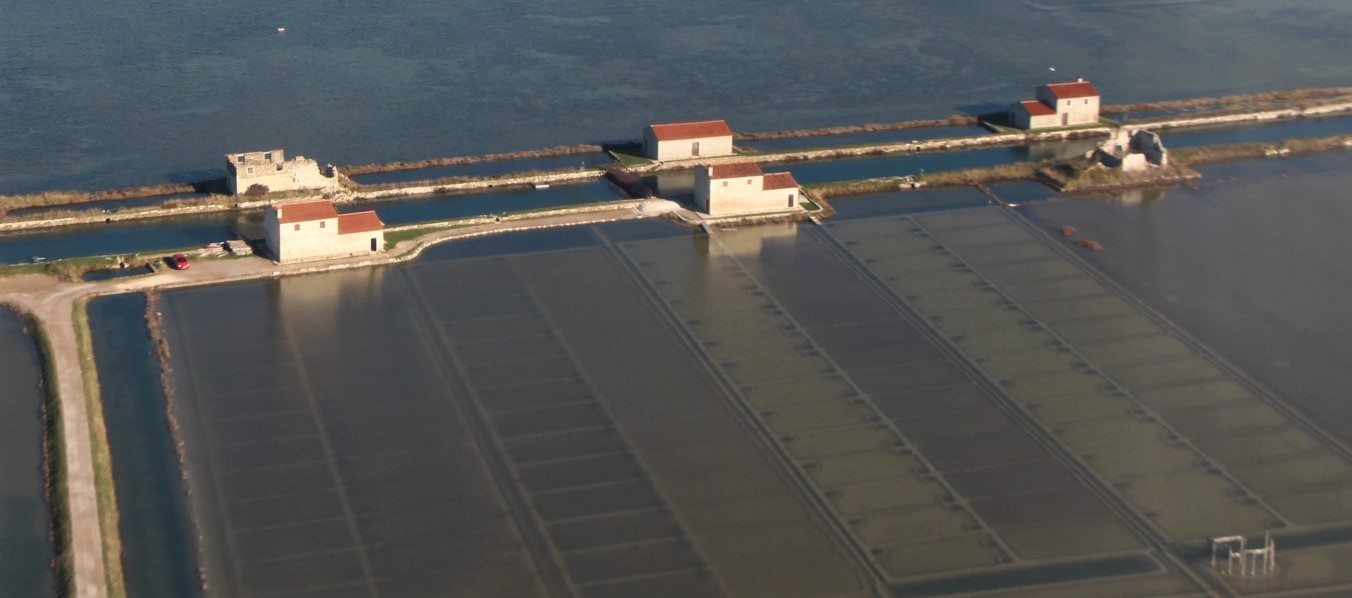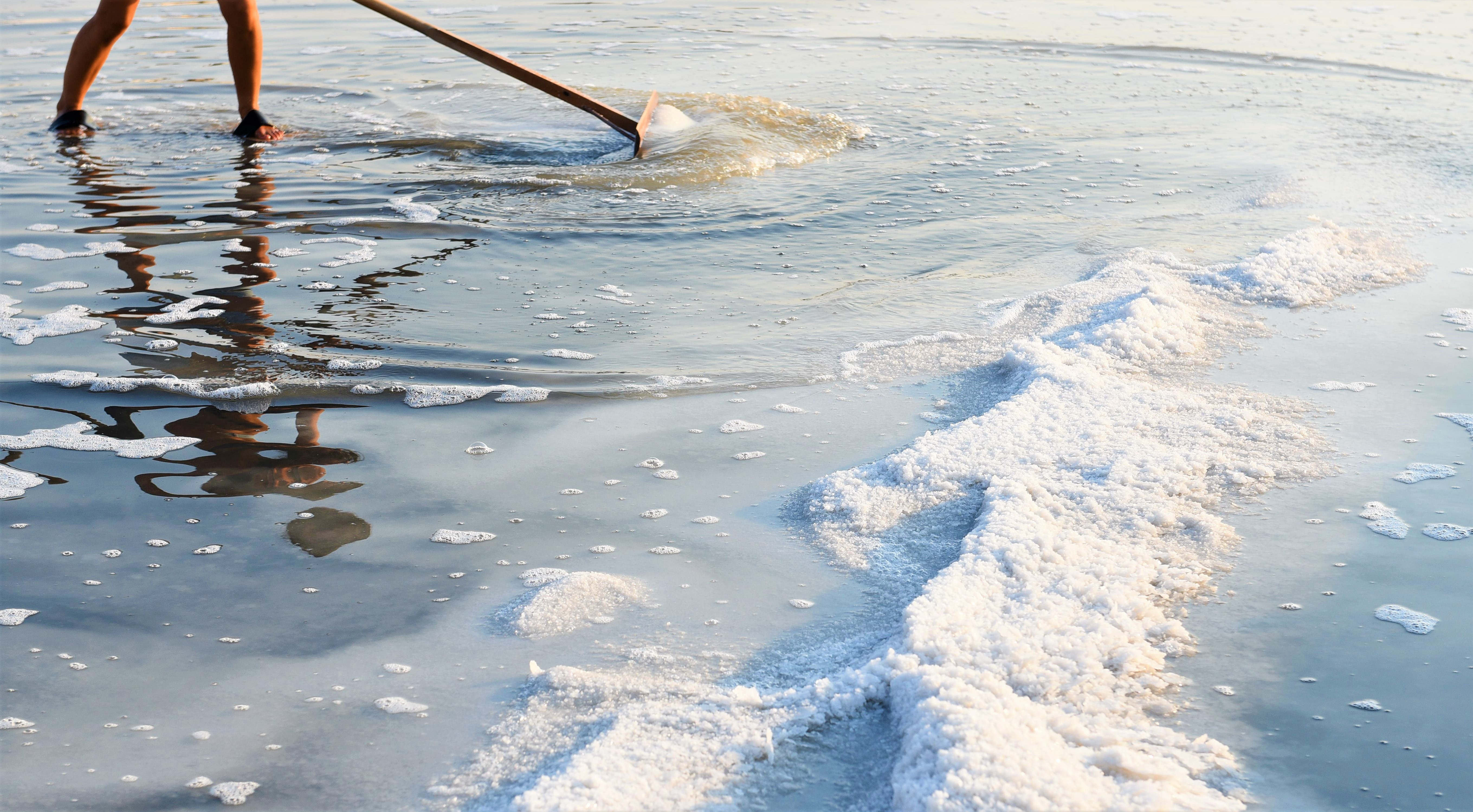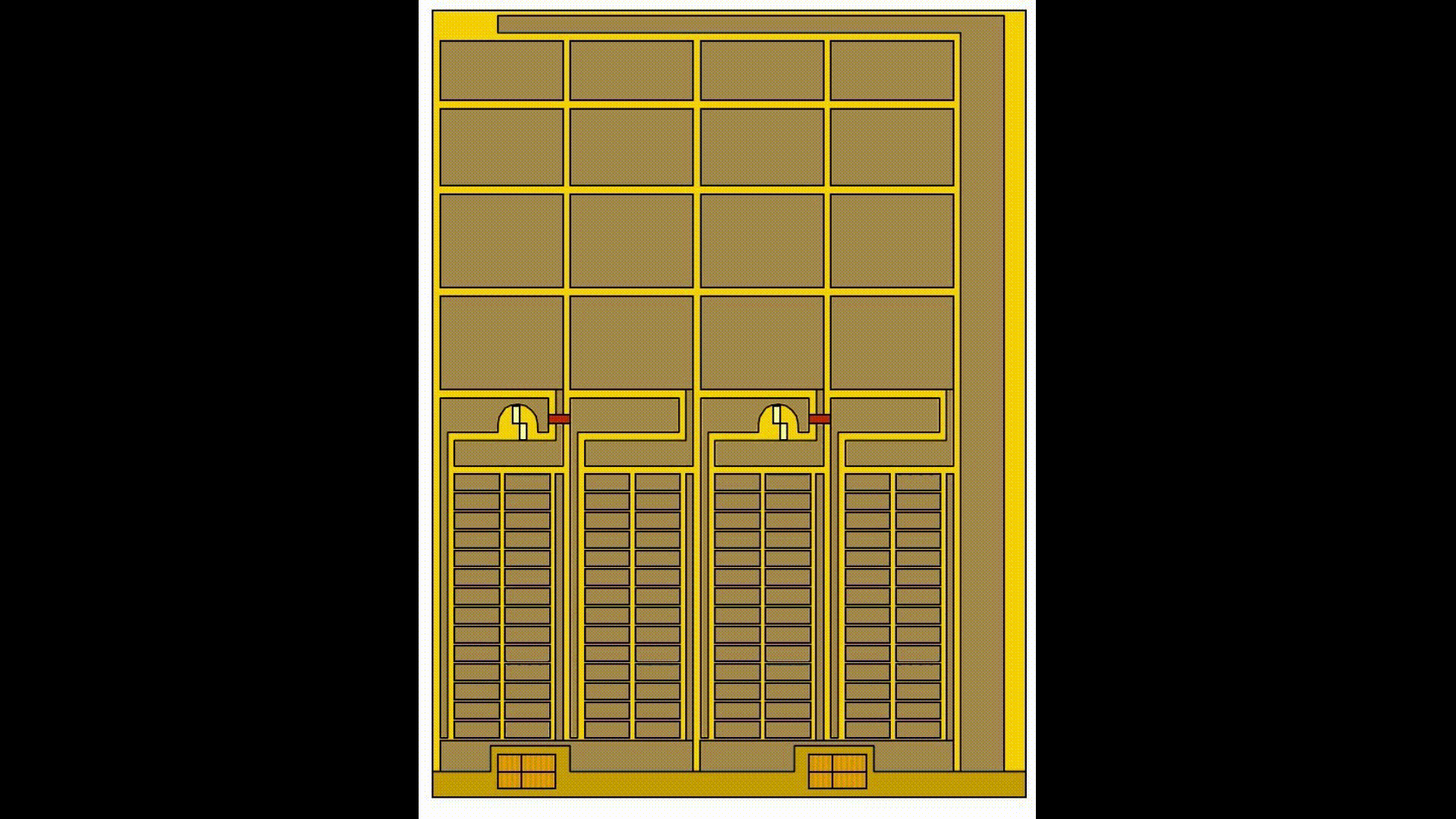How salt is made
This year marks thirty years from the opening of the Museum of Salt-making at the Sečovlje Saltpans. The museum stands at Fontanigge in the southern part of the pans, where salt had been harvested till the end of the 1960s. In the Museum you can learn some interesting facts about the former life and work of salt workers.

Salt workers lived in the old saltpans in special stone houses for several months in a year, working in their salt fields, well acquainted with the whole process of salt production.
They had to know the system of water flow from the sea to the crystallization basins, where salt was formed, know how to manage and maintain their salt fields and, of course, how salt is harvested.
Today, salt is still harvested at the modernized Lera saltpans in the northern part of Sečovlje Saltpans and at Strunjan, while the salt field within the Museum of Salt-making is engaged in traditional salt production.
In the modernized salt pans, the work is mostly divided into individual tasks performed by skilled workers. The salters are mainly responsible for salt harvesting, the water men take care that a sufficient amount of water flows into the basins, while the maintenance workers construct and repair the embankments and basins.

How is salt formed from seawater?
The production of salt from seawater depends on geographical and climatic conditions. For rich salt production, a large area along the coast with an impermeable clay base, sunny, warm weather, as little rainfall as possible in the summer and favourable dry wind are needed. All this enables greater and faster evaporation of seawater, which brings about the actual formation of salt.
Weather is therefore the key for crystallization of salt. Even the ancient saltworkers’ saying says that water, sun and wind are needed for salt to be formed. "Per far sal ghe vol aqua, sol e bava."
Salt, however, is not formed on the entire surface of the pans, but only in special crystallization basins called the cavedins.
Seawater flows from the main supply channel via various sluice gates through several salt field basins. In each part the water evaporates, thickens slightly, becoming increasingly salty - all the way to the cavedins, where the salt crystallizes. Salt harvesters gather salt only in the cavedins.
Let’s have a look how this takes place in the museum’s saltfield.

Can we extract salt from seawater ourselves?
Let's do a test!
Let’s pour a little sea water into the bottle.
Then let the water stand overnight in it, to allow the sand and other particles to settle on the bottom of the bottle.
Then pour the clean water into a pot and place it on the stove.
Boil water on low heat. You will quickly notice white spots appearing on the edge of the pot.
If the water is allowed to evaporate completely, a few salt crystals will be left on the bottom of the pot.
With this test, we shall obtain only a pinch of salt.
In the summer, salt workers can harvest even more than one ton of salt a day with this particular salt-making, which has been used in the Sečovlje saltpans for more than 700 years.